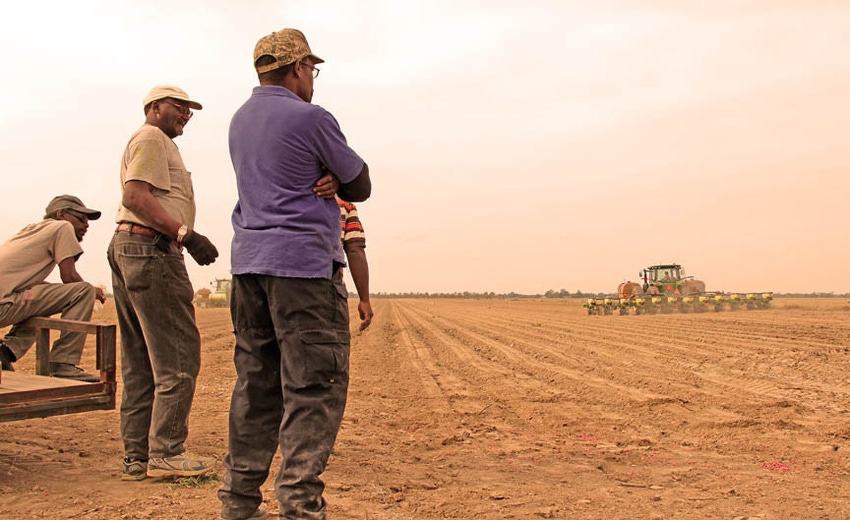June 10, 2013

1. Fracking Tests Ties Between California ‘Oil and Ag’ Interests: An increasing reliance on fracking is testing the relationship between oil and ag, and influencing the debate over how to regulate fracking in California. (New York Times)
2. Farm Fakes: A History of Fraudulent Food: Food has always been mislabeling, adulterating and laundered. But times have changed: One food fake can reach millions of people with incredible speed. (Modern Farmer)
3. Farmer’s death put spotlight on killer bees: Larry Goodwin was stung to death by thousands of Africanized honey bees on June 1; killed when he disturbed a hive while moving brush. The hive contained 40,000 killer bees and Goodwin was literally swarmed over his entire body — 3,000 stings. (Western Farm Press)
4. Farmer recovering after boar attack: Tony Nye, OSU Extension Agriculture Educator, was herding the last of the sows back in the lot when he noticed the boar, a 750-pound 3-year-old purebred, a few feet behind him. He shooed the large animal away — or so he thought. (Record Herald)
5. Drip-tape salvation for farmers in the West?: Years of drought-mandated rationing have left farmers frustrated with unreliable allotments of scarce water resources each year, threatening California's $43.5-billion agricultural industry. (LA Times)
6. Bee insecticide study flawed — again: The field study cited by the British government as evidence that neonicotinoids cause little harm to bees has “several weaknesses.” (Guardian)
7. Pigweed slamming farming profit lines: The most destructive adversary to impact cotton production since the boll weevil is costing cotton farmers potential yields and profit. (Southeast Farm Press)
8. Walking ag’s path on the US-Mexico border: It can take up to five hours for a Mexican to travel to the border, cross it, and then return home at the end of the work day. (Western Farm Press)
9. A Fight Over Water, and to Save a Way of Life: If these were ordinary times, Leroy Shiver would be scissoring his heavy tongs along the shallows of Apalachicola Bay and hauling up bushels of oysters for hours on end. Those days are over. (New York Times)
10. Genetically modified cotton helps farmers escape malnutrition: A new study runs counter to the anti-GM narrative, showing genetically modified cotton benefits for subsistence farmers. (LA Times)
Twitter: @CBennett71
About the Author(s)
You May Also Like




